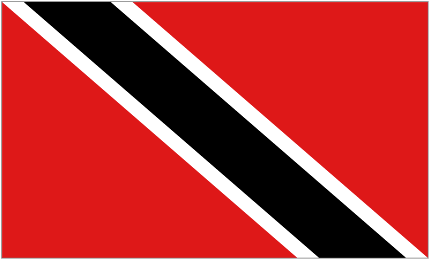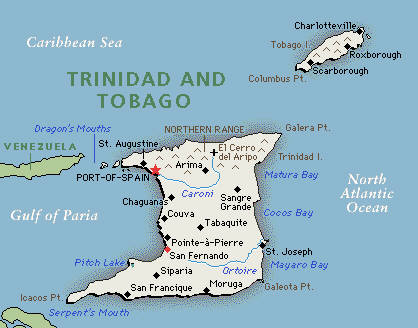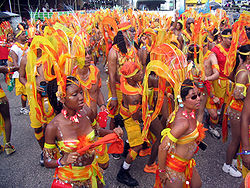March 7-8, 2011
February 20-21, 2012

Rarely has so much joy emanated from such a small dot on the globe, and reverberated with as much noise as Carnival.
Trinidad and Tobago is the 172nd smallest country in the world, but per capita, it’s party spot #1.
In the 1770s Trinidad had only a few thousand inhabitants, mostly Amerindians; it was one of the most underpopulated regions of Spain’s New World colonies. Spain opened immigration up to French colonists in the West Indies, who were somewhat miffed at the British takeover of the Caribbean. And to sweeten the deal, Spain included land grants for these emigrants and their slaves–provided they were Catholic and swore allegiance to the Spanish King. By the time the British took over the island in 1798—ending 300 years of Spanish rule—the French plantocracy was the dominant group. The island boasted sizable populations of West Africans, Spanish, and Amerindians as well, and was home to pirates, planters, slaves and soldiers alike.

The French celebrated fetes champêtre (garden parties) and bals masque (masquerade balls), borrowing some traditions from their homeland and picking others from the seemingly exotic rituals of their slaves. One highlights of these festivities was a canboulay ceremony, in which “landowners dressed up as negres jardins (garden slaves) and imitated the processions that occurred whenever a sugar cane field caught fire.” (NY Times, Dec. 28, 1986)
As a possession of the United Kingdom, slavery was outlawed in 1833 with the passage of the Slavery Abolition Act. Now it was the former slaves’ time to celebrate, and that they did, openly celebrating West African rhythms and rituals and mixing them with those of their former owners.
Grisso notes that the Carnival bears resemblance to the African Egungun festival, where families dressed in colors, in bands, to honor their ancestors. And while most European festivals transpired indoors, African communities celebrated in the great wide open. Grisso theorizes that the true origin of Carnival may have been the ancient Egyptian festivals, like the one Herodotus describes, in honor of the god Artemis…
Every baris [barge] carrying them there overflows with people, a huge crowd of them, men and women together. Some of the women have clappers, while some of the men have pipes which they play throughout their voyage. The rest of the men and women sign and clap their hands. When in the course of their journey they reach a community–not the city of their destination, but somewhere else–they steer the bareis close to the bank. Some of the women carry on doing what I have already described them as doing, but others shout out scornful remarks to the women in the town, or dance, or stand and pull up their clothes to expose themselves…more wine is consumed during this festival than throughout the whole of the rest of the year. According to the local inhabitants, up to 700,000 men and women, excluding children, come together for the festival.
Herodotus states, “the Egyptians were the first people in the world to hold general festive assemblies, and religious processions and parades, and the Greeks learnt from the Egyptians.”
The tradition was imported by the Romans, and through Rome to France. And it may be the Carnival of Trinidad was the reuniting of the Carnival traditions, filtered through two cultures on two separate continents over two-thousand years, and then merged together for the first time on a tiny island called Trinidad.

However, the British were not quite the party people that the French were. They banned the use of drums, fearing its pounding resulted in non-Victorian outcomes. The inhabitants merely used their creativity and banged on other objects, such as tins. Today the steel drum is universally recognized as a defining symbol of the Caribbean and of Carnivals world-wide.
Eventually the spirit of Carnival migrated eastward. London’s Notting Hill Carnival is the largest public event in the British capitol.
Looking Ahead to Carnival: Trinidad
Carnival in Trinidad: Evolution and Symbolic Meaning
The History of Herodotus: Book 2
The African and Spiritual Origins of Carnival
History is Made at Night: Politics of Dancing and Musicking – Trinidad Carnival


